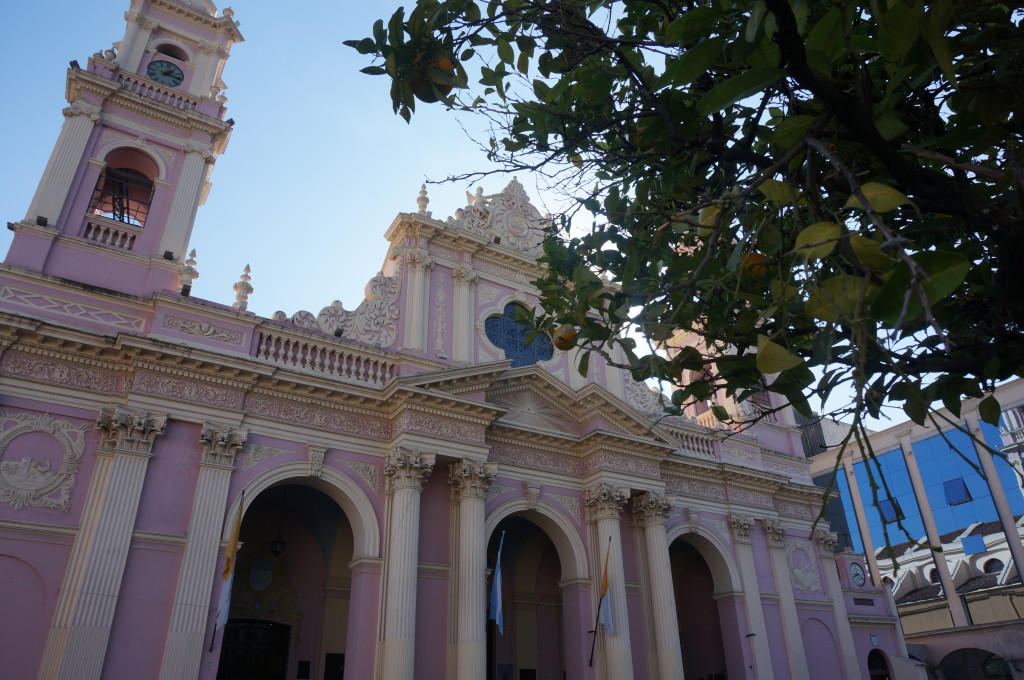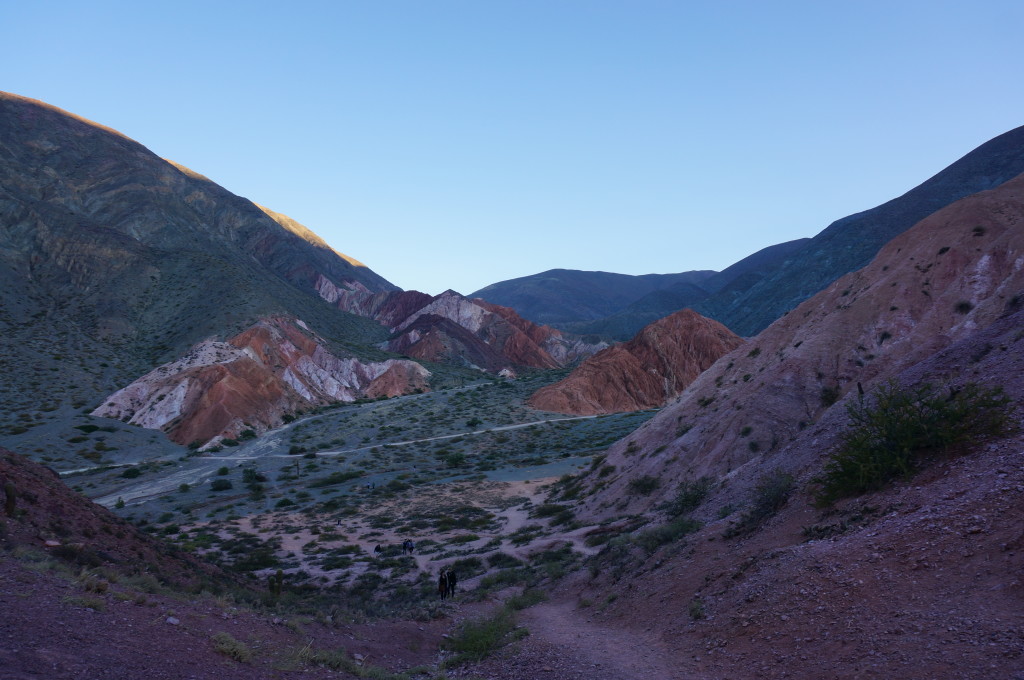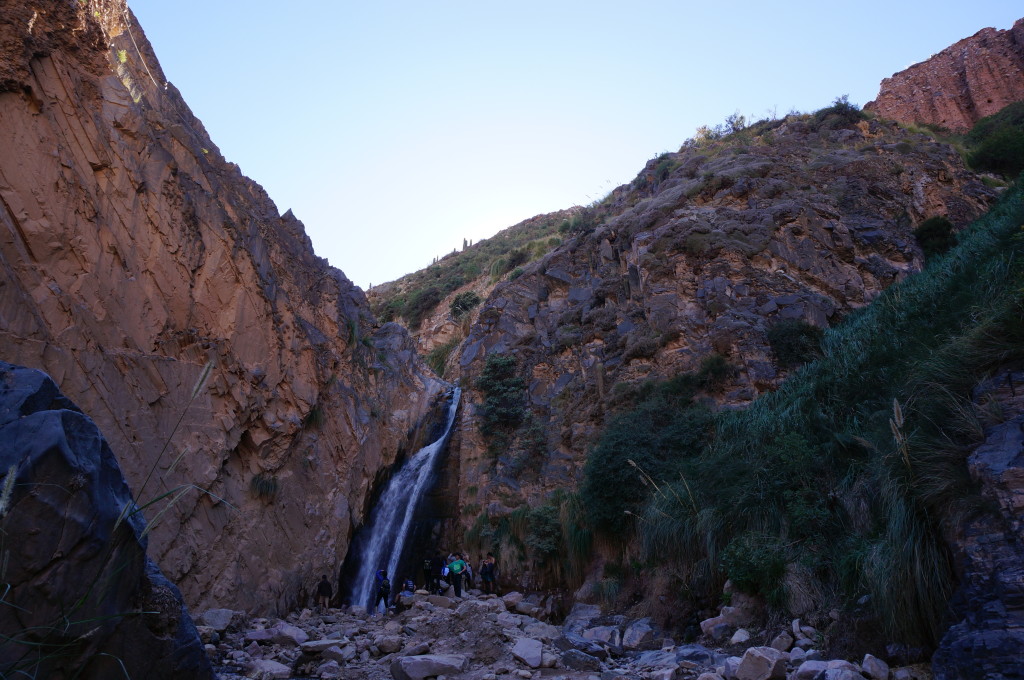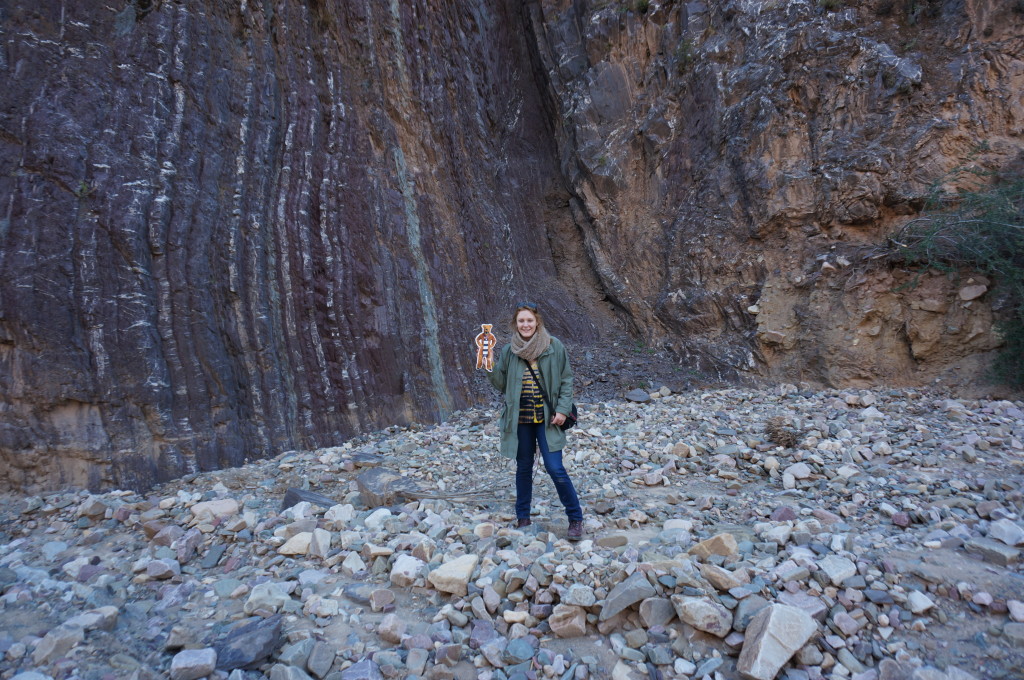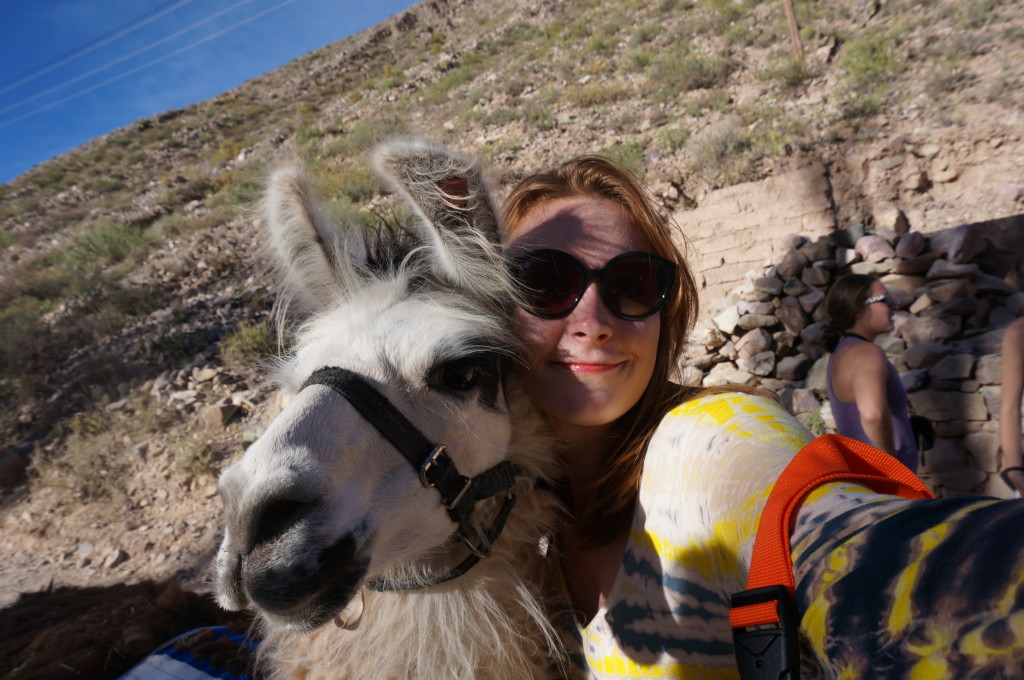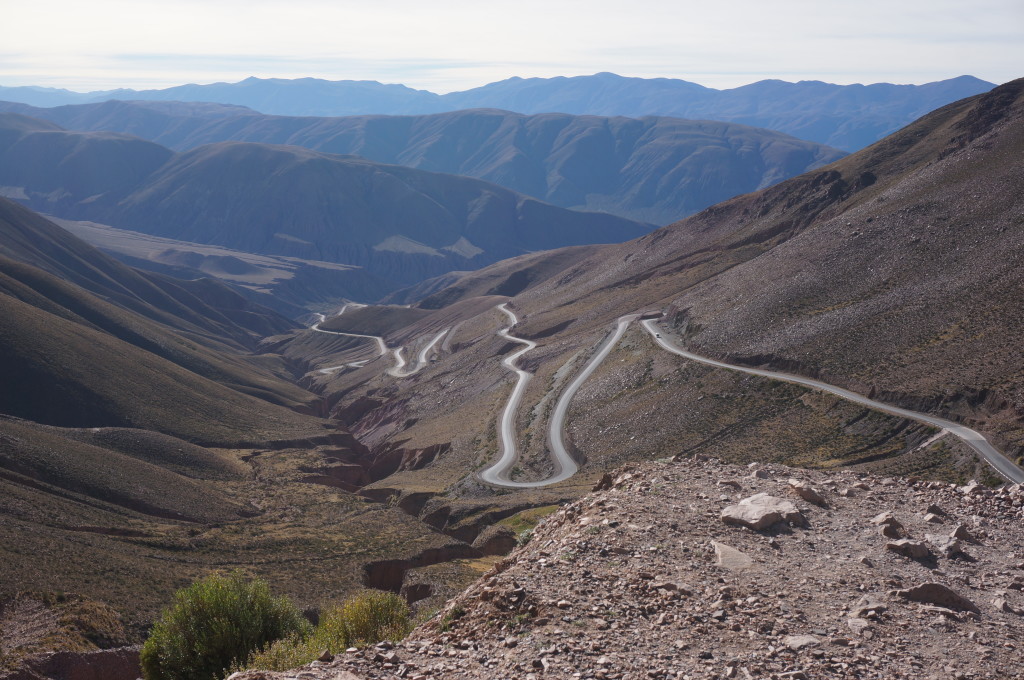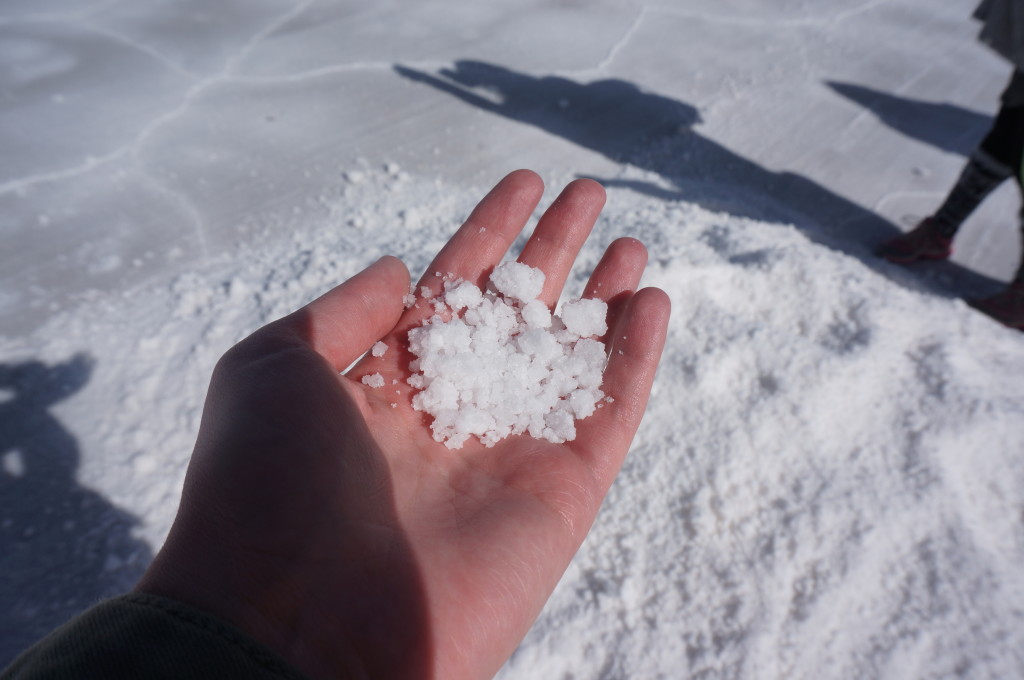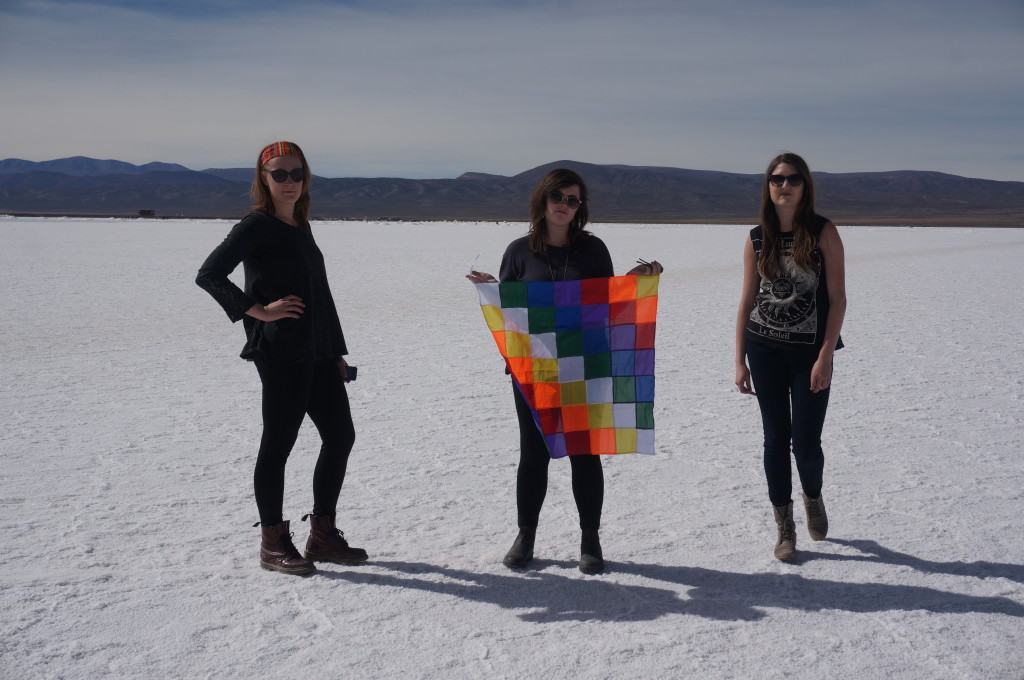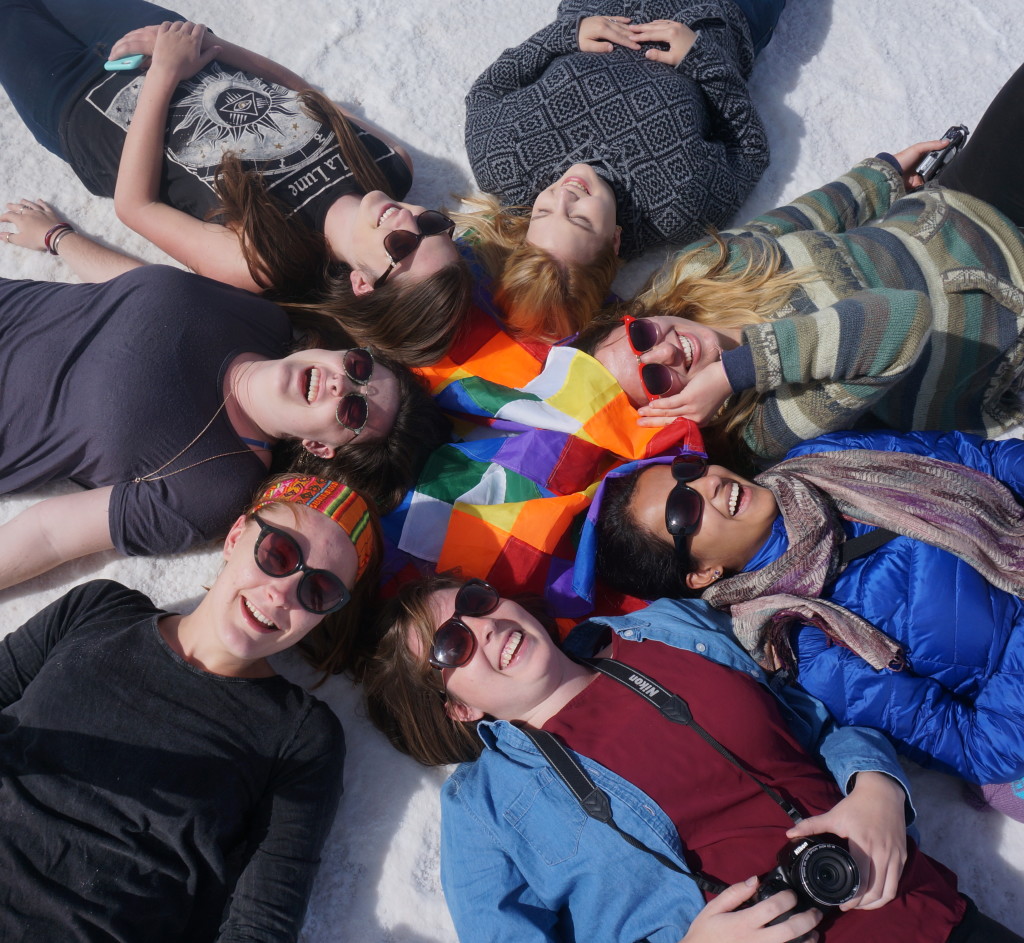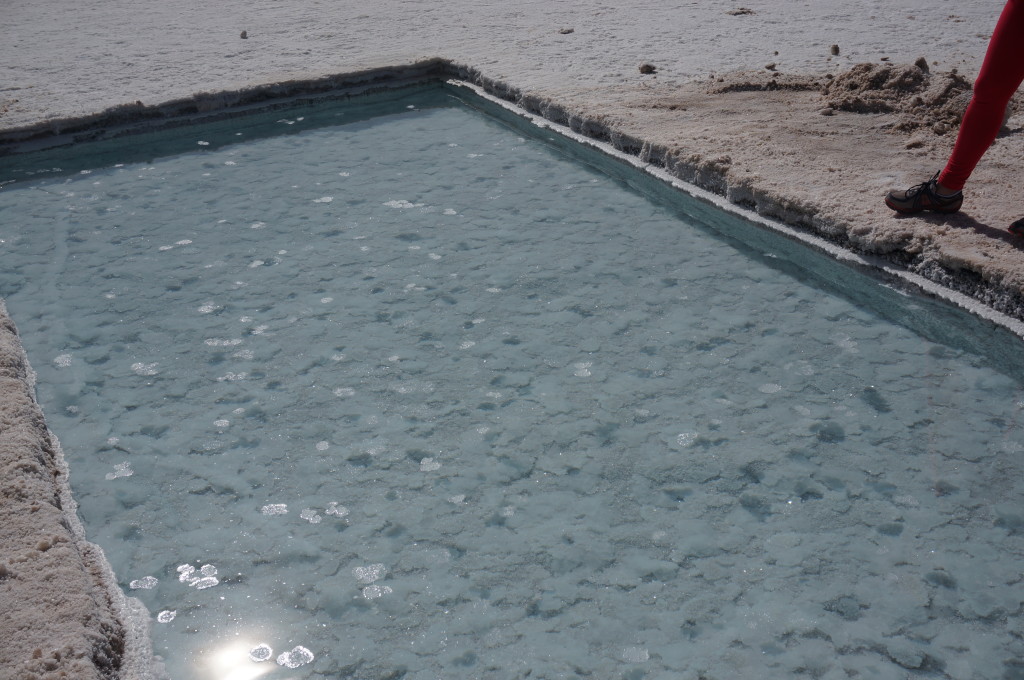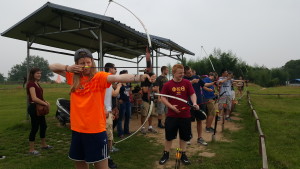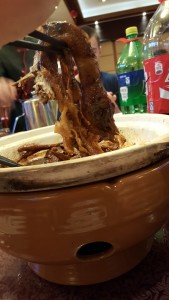Roadtripping through Salta and Jujuy Provinces
This past long weekend I traveled to Salta and Jujuy provinces in the northeast of Argentina on a trip organized by IES. These provinces are completely different from Buenos Aires and Patagonia. Five hundred years ago, this region was conquered by the Incans of Peru and still retains its Incan influences. This area was very rural and much more of what I expected Latin America to be. Through much of our trip, our bus either was climbing thousands of meters of altitude through Andean mountains or passing through dusty dirt roads in the desert valley. At times, I asked where the hell we could be going. We were always on an endless highway, surrounded by mountains only dotted with cacti. In this very rural area, I pretty much had no Internet access. This trip really demonstrated to me how diverse Argentina is in environment, culture, people, and development. We spent a day in Salta City, and then traveled to Jujuy province for three days, where we visited Humahuaca, Tilcara, las Salinas, and Purmamarca.
Incan Mummies
In Salta, we saw a performance of samba music, very different from the tango and guacho folk dancing of Buenos Aires. We also visited the Anthropological Museum of Alta Montaña, which is entirely dedicated to a collection discovered on the Mountain Llullaillaco. An archaeologist who participated in the dig told us all about the collection and the Incan history to better understand the context of the discovery. In the excavation funded by National Geographic, these archaeologists found an offering made to the Incan gods of three children and artifcats for them to carry to their afterlife with the gods: jewelry, tapestries, clothes, statues, and ceramics. The three children were perfectly preserved due to the arid and frozen environment. Only one of the three is exhibited every six months to best preserve them. Because the province of Salta wanted to maintain the collection in Argentina, the province completely funded the construction of this museum.
The mummy we saw was called La Niña del Rayo, the Girl of Lightning, because her face has burn marks due to a lightning strike on the summit of the mountain. She was shown in a case that monitored the color of her clothes and the temperature, and the air pressure of the display case. All of these factors were programed to match the conditions of the mountain where they were buried. The preservation was incredible: her clothes had no holes, nor any fading; her skin looked like that of an alive person; she sat sound asleep in the fetal position where she took her last breath five hundred years ago.Her skull was larger in the back and made her head wide in profile and narrow when facing her. The Incans used to shape the heads of children from important families, and I was able to see the consequences of this ritual before my eyes.
After the museum, we traveled in bus to Jujuy province, where we stayed in Tilcara. All of the places we visited in Jujuy were tiny, dusty towns. We first visited the Seven Colored Hills, near the town of Purmamarca.
The next morning we hiked through an area called La Garganta del Diablo, the Throat of the Devil. We hopped across colorful rocks and helped each other cross little streams carefully. The beautiful sight of a small waterfall rewarded us at the end of our hike.
Llamas, or “Shamas” if you’re Argentinian
Later that afternoon, we walked with a caravan of llamas through the streets of Tilcara. It was so fun! Our llamas were very nice and did not spit on anyone. They loved taking a ton of selfies with us and tried to eat the hay bales we sat on at the end of our walk. They are really funny creatures: they bah like lambs and run hilariously with their little legs and wide hips.
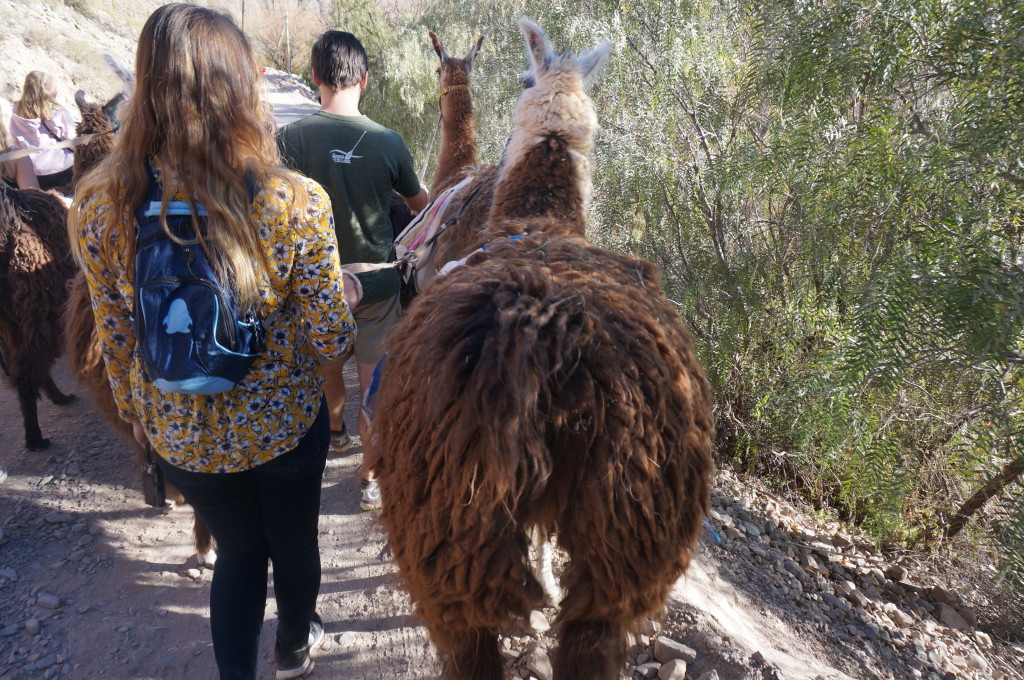
Our journey to the Salinas
Our tour guide was great. A local indigenous person, he shared all of his ancestors´ history and culture. We learned how his people worship the PachaMama, their Mother Earth. While we ascended mountains during the trip, he offered us coca leaves, a sacred leaf in Incan culture. It is the plant used to make cocaine, so its stimulant properties help combat altitude sickness. When we traveled to the Salinas, the salt flats, we made a pit stop at the summit of the mountain, at about four thousand meters above sea level. We all picked up a rock from the summit, placed the rock along with our coca leaves on the ground, drenched them with wine and alcohol, and thanked the PachaMama for our safe journey up the mountain. At the summit there were huge piles of rocks and wine bottles because many other people do the same ritual to thank the PachaMama.
When we arrived to the Salinas, we walked off the dirt road onto the salt flats. The sun reflected off the salt and warmed our frozen bones from the wind that cut across the mountain summit. A local salt miner told us how they extract the salt and showed us the pools they create for the extraction process. After the salt miner´s explanation, my friends and I traversed the salt flats and tried to capture all the funny and cool pictures we could think of with the rainbow colored Andean flag.
Visiting with locals
After our fun at the Salinas, we visited a Frenchman´s bread and breakfast. He shared with us why he moved to this area, cooked an amazing meal with the food he produces on his farm, and showed us his painting studio. He also mentioned his projects within the community: his painting workshops and his promotion of natives´ tourism businesses. The next day, we visited one of these projects: a tiny town called Barrancas where native peoples started their own tourism businesses. To get to this town, we turned off the main road onto a completely dirt road. Our bus soon had to cross a small stream in a dried up river bed. We continued to drive for another half hour in the middle of a desert valley until we reached the town of only five hundred people. In fact, this town only received electricity three years ago. The fridge in the kitchen was shiny new. Their Spanish was a little bit different, more sing-songy, and they added -ito to almost all adjectives. They prepared us a traditional indigenous meal of lamb, shared their traditions and culture, and gave us a tour of rock paintings, ranging from five hundred to four thousand years old. It was amazing to see how this incredibly rural and small village survived in this isolated desert environment.
This trip was incredible and showed me entirely an different part of Argentina. Like the United States, Argentina has diverse landscapes: plains, deserts, tropical rainforests, and even glaciers. But this trip also showed me another cultural identity of Argentina. Everyone in this part of the country seemed of indigenous origin, and on their holiday, May 25, an indigenous performer played his instrument to accompany the speech of a politician in the town square. In Bariloche in Patagonia, native people were completely invisibilized and kept in the poorer parts of town. Even in churches in Jujuy, the image of the Virgin Mary was adapted to include the iconology of the local indigenous religion ━ instead of being slim and womanly, she was in the figure of a triangle to represent the mountain, the PachaMama. Through this trip, I saw an entirely different part of Argentine identity and culture and learned to appreciate a more rural, simpler lifestyle.
Location: Tilcara, Argentina


